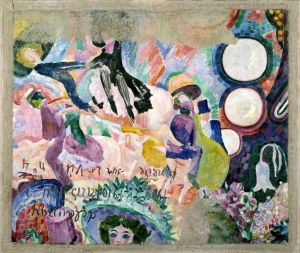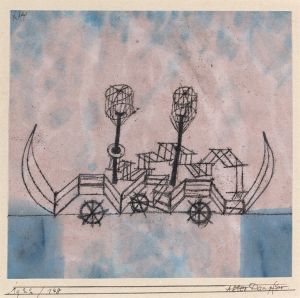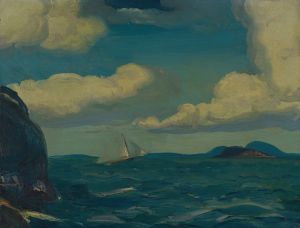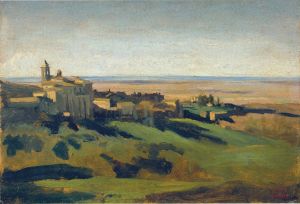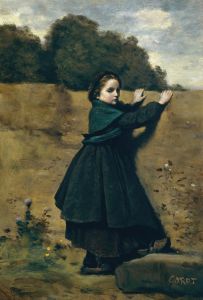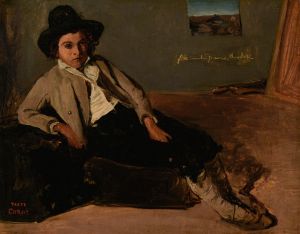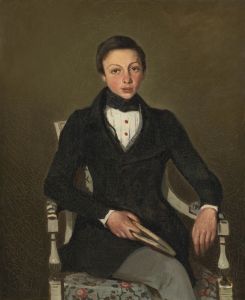
Bacchante by the Sea
A hand-painted replica of Jean-Baptiste-Camille Corot’s masterpiece Bacchante by the Sea, meticulously crafted by professional artists to capture the true essence of the original. Each piece is created with museum-quality canvas and rare mineral pigments, carefully painted by experienced artists with delicate brushstrokes and rich, layered colors to perfectly recreate the texture of the original artwork. Unlike machine-printed reproductions, this hand-painted version brings the painting to life, infused with the artist’s emotions and skill in every stroke. Whether for personal collection or home decoration, it instantly elevates the artistic atmosphere of any space.
Jean-Baptiste-Camille Corot, a pivotal figure in the landscape painting tradition, created "Bacchante by the Sea" during the 19th century. Corot, born in Paris in 1796, is renowned for his contributions to the Barbizon School and his influence on the Impressionist movement. His works often blend realistic landscapes with mythological or allegorical elements, showcasing his unique ability to capture the interplay between light and nature.
"Bacchante by the Sea" exemplifies Corot's characteristic style, where he merges classical themes with natural settings. The painting features a Bacchante, a female follower of Bacchus, the Roman god of wine, revelry, and ecstasy. Bacchantes, often depicted in a state of divine frenzy, are common subjects in art, symbolizing freedom and the primal connection to nature and the divine.
In this painting, Corot places the Bacchante in a serene coastal landscape, a setting that contrasts with the typical portrayal of Bacchantes in wild, ecstatic dances. The sea, a recurring motif in art, often symbolizes the subconscious, mystery, and the infinite. By situating the Bacchante by the sea, Corot may be exploring themes of introspection and the harmonious coexistence of humanity and nature.
Corot's technique in "Bacchante by the Sea" reflects his mastery of light and atmosphere. His use of soft, muted colors and delicate brushwork creates a dreamlike quality, inviting viewers into a tranquil, almost ethereal world. This approach is indicative of Corot's broader oeuvre, where he often sought to capture the transient effects of light and the subtle moods of the natural world.
The painting also highlights Corot's skill in balancing composition and emotion. The Bacchante, though central to the piece, is integrated seamlessly into the landscape, suggesting a unity between the figure and her surroundings. This integration is a hallmark of Corot's work, where figures often appear as natural extensions of the landscape rather than separate entities.
Corot's influence on later artists, particularly the Impressionists, is evident in his treatment of light and atmosphere. Painters like Claude Monet and Camille Pissarro drew inspiration from Corot's ability to convey the ephemeral qualities of nature. "Bacchante by the Sea," with its emphasis on mood and setting, exemplifies the qualities that made Corot a bridge between the classical traditions of landscape painting and the emerging modernist approaches.
While specific details about the creation and exhibition history of "Bacchante by the Sea" may not be extensively documented, the painting remains a testament to Corot's enduring legacy in the art world. His ability to blend mythological themes with natural beauty continues to captivate audiences, reflecting the timeless appeal of his work.
In summary, "Bacchante by the Sea" is a quintessential example of Jean-Baptiste-Camille Corot's artistic vision. Through his masterful use of light, composition, and thematic depth, Corot invites viewers to explore the harmonious relationship between humanity and the natural world, a theme that resonates across his body of work and continues to inspire artists and art lovers alike.






